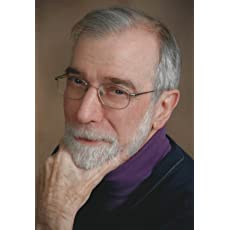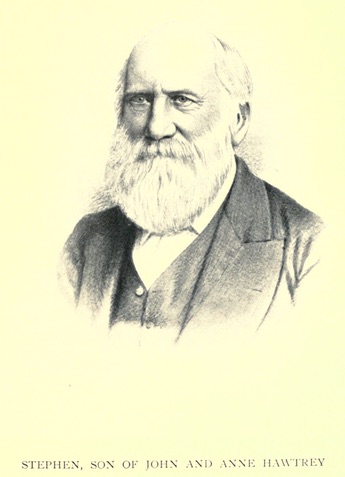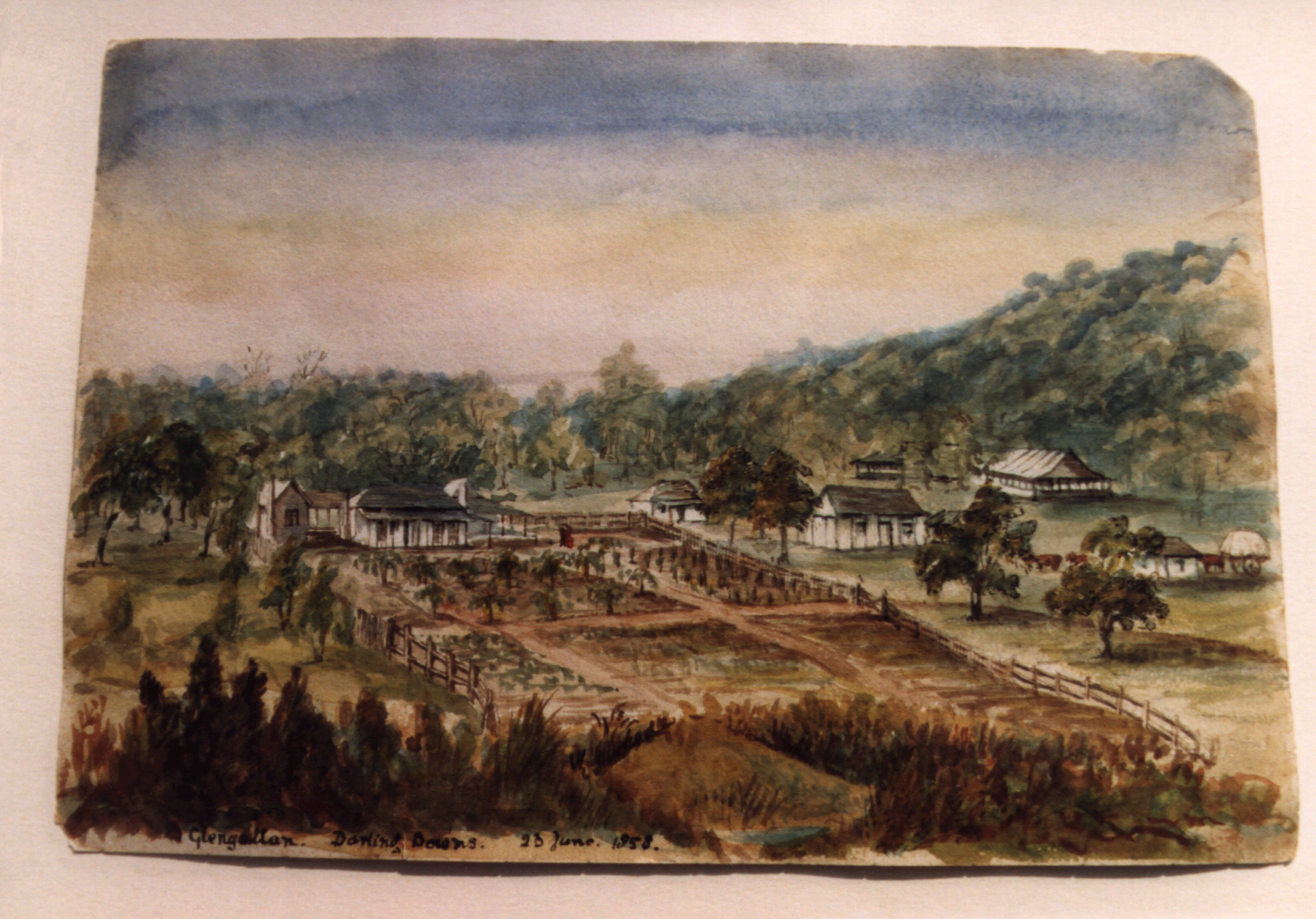Alfred Marshall and his favourite uncle, Charles Henry Marshall.
Megan has been researching her Marshall ancestors for many years. As part of this research, she came upon Essays on Economics and Economists by Professor Ronald Coase. Ronald Coase was a Nobel Prize winning economist who had written two essays on the family background of the well-known Cambridge economist, Professor Alfred Marshall. These essays contained a lot of information about other members of the Marshall family as well, including Megan’s great-great-grandfather, Charles Henry Marshall and his parents and siblings.
Coase’s research did not present the family in a flattering light, but it filled in a number of holes in the story that Megan had managed to uncover by that time. Megan knew that Charles had been a successful squatter on the Darling Downs of Queensland, but had no idea of how or why he had moved to Queensland or of how he had acquired the capital that allowed him to buy Glengallan station.
Coase offered an explanation. He described a meeting on the Turon goldfields in 1851 between Charles and Nehemiah Bartley who had published a book about his travels around Australia. Coase described how Charles had misrepresented his family background to Bartley by claiming to be the son of the Chief Cashier of the Bank of England, whereas his connection to the Bank of England was via his brother, who was a mere clerk at the Bank. From this episode, Coase then built a narrative of a deceitful and self-aggrandising family that permeated all aspects of his essays.
Whilst this was disappointing, the incident still needed to be explored. Was this where Charles had made his money? What was Charles doing there? Why had he gone? When had he gone? This exploration began almost exactly three years ago when Megan started looking through the old newspapers and family records. This is when the Coase narrative began to unravel.
A letter written by Charles to his aunt made it clear that as a grazier on the Darling Downs, he was struggling to cope with the loss of labour to the diggings rather than having gone to the diggings himself. The newspapers had no record of a Charles or even a C. Marshall on the goldfields, but did have a record of an F. Marshall. Newspaper articles and the Bank of England records showed that the Chief Cashier at that time was indeed a Marshall. A Matthew Marshall. No relative. So there was a real possibility that Nehemiah Bartley had met someone other than Charles.
After a lot more digging, Megan then found the clincher. Death notices in Sydney and London showed that a Francis Marshall had died in Sydney and that he was the son of Matthew Marshall of the Bank of England. Further investigation put this beyond any doubt. Shipping records showed that Charles was travelling between Brisbane and Sydney at the time that Bartley had met “Marshall” at Turon. Bartley had met Francis Marshall. Coase had found The Wrong Marshall. Charles had not lied about his position.
We then decided to look into all of Coase’s other claims. This was a lot of work and involved visiting archives and libraries in Melbourne, Hobart, Sydney, Brisbane, and Cambridge, UK, and having documents copied at The National Archives in London. It also involved examining a multitude of family sources and this is where we fortuitously made contact with Tim Benthall whose family is extensively connected to the Marshalls. He provided us with access to a number of very valuable Benthall family documents without which our research would have struggled in some key areas. The National Library of Australia’s TROVE service was also invaluable and this research would not have been possible without it. Coase’s narrative unravelled even more. I won’t describe all the details, they are in the paper, but I will say that this research proved that much of what Coase had written about the Marshalls was wrong.
The public record was also wrong. Coase’s work had been used by a number of other authors, so his erroneous descriptions of the family had spread far and wide. The definitive biography of Alfred Marshall, A Soaring Eagle: Alfred Marshall 1842-1924, by Professor Peter Groenewegen repeated Coase’s errors. The Oxford Dictionary of National Biography had even been amended to reflect Coase’s and Groenewegen’s view. What to do about this? We decided that because of the standing of Coase and Groenewegen, we would need to have a meticulously researched and presented rebuttal published in a peer reviewed journal.
This was our next great journey. Compiling all the information we had uncovered into a cogent and engaging narrative which dealt with the list of misconceptions was a challenge. Many, many drafts ensued. A long and complicated ramble was progressively reorganised into a coherent structure. The words pared back to essentials. We then circulated the draft to a number of very helpful reviewers with experience of publishing professional papers. More refining and structuring ensued. And some more. We were encouraged to submit the paper to History of Political Economy as the pre-eminent journal in this field. This we did. With trepidation.
Surprise and relief. They liked the paper, but wanted an extensive rewrite. It had to be significantly shortened, but at the same time its scope expanded to include a critique of Peter Groenewegen’s book. The editor commented that he had not previously seen a paper with as many references as ours. So, many more weeks trimming and paring and rephrasing. But we did it. The rewrite was accepted in late 2018. Whew! Then the wait.
At last. In December 2019, we began to engage in the typesetting and proof editing. And now we have the final product. Our paper, The Wrong Marshall: Notes on the Marshall family in response to biographies of the economist, Alfred Marshall was published by History of Political Economy in its April 2020 issue, just out. We have also prepared an extended version for family historians with photographs, maps and copies of family and archival reference documents many of which would not otherwise be available to readers. It also includes further research that was not ready for the published paper.
The published paper and our extended article can be found HERE
Please enjoy and let us know what you think.
©Alun Stevens 2020












 Glengallan Darling Downs, HG Lloyd, Nov 6, 71
Glengallan Darling Downs, HG Lloyd, Nov 6, 71